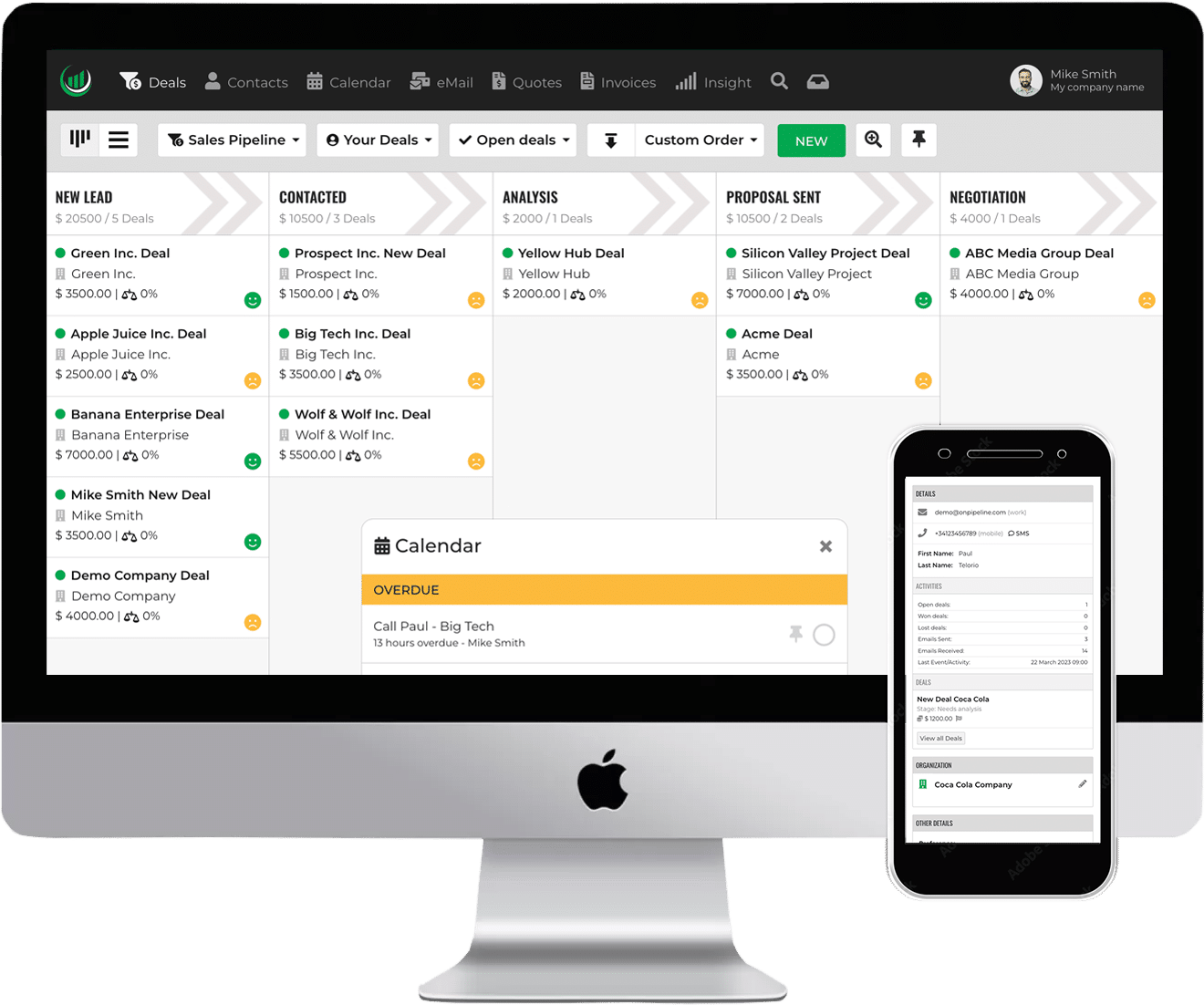In Account-Based Sales (ABS), sales and marketing teams focus on a specific group of accounts in a market. These accounts are usually high-value and considered a good fit. In ABS, we customize everything for each account, like communication, content, and solutions.
Why Targeting Accounts
Targeting in Account-Based Sales is about quality over quantity. Here’s why targeting is so important in this strategy.
- Resource Allocation: Businesses can use a strategy of focusing on specific important accounts. This helps them use their resources and get the best results.
- Enhanced Personalization: Targeting helps us understand the needs, challenges, and goals of each account. Having this knowledge allows for creating personalized sales pitches and marketing messages. It also helps tailor solutions to each target account, which increases the chance of success.
- Stronger Relationships: By putting your focus on fewer accounts, you can have better interactions. This helps you build stronger, trusting relationships. Building strong relationships with key decision-makers and stakeholders is essential for long-term business partnerships.
- Higher Conversion Rates: When we pay attention to what people need, we can offer better solutions. This helps us get more people interested and making purchases. Sales teams can better understand and meet the needs of each account, increasing the likelihood of closing deals.
- Long-Term Value Creation: ABS is not just about making a sale; it’s about creating long-term value for both the business and its clients. Companies can achieve sustained growth and profitability by focusing on key accounts and investing in their success. This can be achieved through repeat business and lasting relationships.
Selecting Target Accounts
Selecting the right target accounts is very important in Account-Based Sales (ABS). Businesses can identify and select accounts for successful sales by following these steps.
Define Ideal Customer Profile
Customer Profiling involves understanding the characteristics of companies that are the best fit for your product or service. Consider factors like industry, company size, revenue, geographical location, and business challenges.
Data-Driven Analysis
Use data and sales analytics to identify potential accounts. Look at your existing customer base to find common traits among your most successful clients. Tools like CRM systems, sales data, and market research reports can provide valuable insights.
Market Research
Conduct thorough market research to understand industry trends, challenges, and needs. This can help in pinpointing businesses that would most benefit from your solutions.
Align with Business Goals
Ensure that the target accounts align with your overall business goals and sales targets. Consider how these accounts fit into your long-term business strategy.
Sales & Marketing Collaboration
Collaborate with sales and marketing teams to gather insights and feedback on potential accounts. Sales reps and account managers who work directly with customers have valuable insights and suggestions to offer.
Assess Account Potential
Evaluate the potential value of each account. This includes how likely it is to convert, how much it could be worth over time, and how important the account is to your business.
Compatibility
Assess the compatibility of the target account with your company’s values and culture. Long-term relationships flourish when there is a good match in terms of how they do business and their beliefs.
Prioritize Accounts
After creating a list of possible accounts, prioritize them by value and chance of success. This helps in focusing your efforts where they are most likely to yield results.
The Personalized Approach
Account-Based Sales do not use a one-size-fits-all approach. In ABS, it’s important to create a personalized approach that meets the account’s needs. To do this, you need to be patient and do research.
Customer’s Business
To understand the target account’s business, start by gathering detailed customer insights. This includes understanding their industry, market position, competitors, challenges, and goals.
Identify and engage with key decision-makers and influencers within the account. Understand their roles, pain points, and what they value in a solution.
Customizing Communication & Solutions
Tailored Messaging that resonates with each account! One way to do this is by tailoring emails, proposals, and presentations to meet specific business goals.
Also, customize your product or service offerings to meet the account’s specific needs. Highlight features or aspects most relevant to their business.
Lasting Relationships
Establish a consistent engagement strategy to build and maintain relationships with the account. Regular check-ins, updates, and value-added interactions are crucial.
Focus on building trust and credibility through transparent and honest communication. Show genuine interest in the success of their business.
Content Marketing
Use content marketing to provide valuable insights and information to the target account. Create educational and informative content. You can find this information in whitepapers, case studies, webinars, or blogs that interest you and relate to your industry.
Technology and Tools
Use CRM and personalization tools to track interactions, preferences, and account history. Use this data to refine your approach.
Track your personalized strategies using analytics. Make improvements based on the results. Look for patterns in engagement and feedback to improve your approach.
ABS Strategy
To implement an ABS strategy, you need careful planning and collaboration across departments. It’s important to focus on personalization and customer needs. To improve customer relationships, increase sales opportunities, and strengthen your market position, use the right tools and technologies. Engage regularly and measure and refine your approach.
Strategic Framework
Start by defining what you want to achieve with your ABS strategy. This could include specific revenue targets, account penetration goals, or relationship-building objectives. Categorize your target accounts by their value, needs, and readiness to buy. Rank accounts that are most likely to convert and provide significant value.
Cross-Functional Team
A cross-functional team involes sales, marketing, customer service, and other relevant departments. Make sure everyone knows their role in the ABS strategy and how they help achieve the goals.
Give your team the training and resources they need to execute the Account-Based Sales strategy. You might get training on how to communicate, manage accounts, and use certain tools and technologies.
Engagement Plan
Create a plan for communication that uses email, social media, events, and direct outreach. Tailor your messaging and content to align with each account’s specific context and needs.
Implement a consistent engagement schedule to maintain a presence with your target accounts. By checking in, you can keep the conversation going and provide more value.
Measuring Success
Define Key Performance Indicators (KPIs) to gauge the effectiveness of your ABS strategy. This may include things like how much people are engaged, how many people complete a sale, how much people spend, and how long people stay as customers.
Regularly check your ABS strategy to ensure its effectiveness and make any needed adjustments. Be ready to adjust based on performance data, team feedback, and market or account changes.
Errors in ABS
While implementing ABS, there are several common pitfalls that organizations should avoid:
- Lack of Alignment Between Teams – If sales and marketing don’t work together, ABS efforts weaken due to inconsistent messages and strategies.
- Inadequate Account Research – Skipping thorough research can make it hard to understand a business’s needs. As a result, the engagement strategies are generic and ineffective. They do not connect with target accounts.
- Over-Reliance on Automation – Using automation tools makes tasks faster, but relying on them too much can make communication less personal. It’s essential to find a balance between automated processes and personalized interactions.
- Ignoring the Buyer’s Journey – If you don’t consider where each buyer is in their journey, you may engage at the wrong time and reduce conversions.
- Neglecting Long-Term Relationship Building – If you only care about sales now, instead of building relationships, it can hurt your business.


